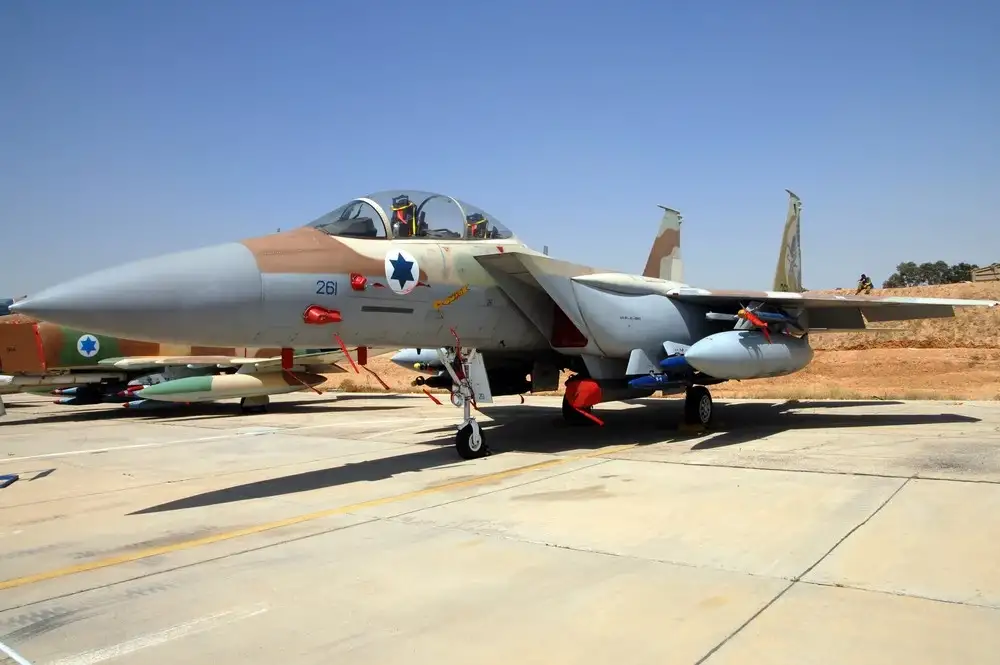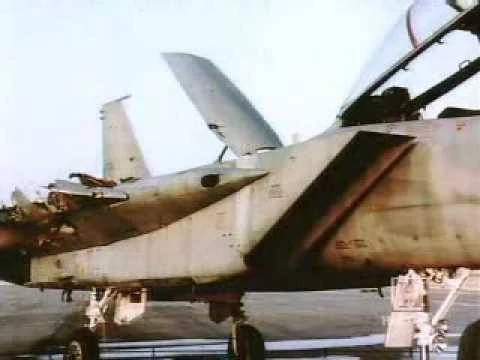In 1983, an Israeli Air Force pilot successfully landed an F-15 with only one wing after a mid-air collision, a feat that was thought to be impossible. The pilot, Zivi Nedivi, was flying the F-15 Eagle along with another F-15 in a combat training exercise against four A-4N Skyhawks over the Negev desert in Israel.
The Eagle Nedivi was flying collided with one of the A-4s. There was a massive fireball, and the pilot of the A-4 ejected from his Skyhawk. Nedivi’s aircraft immediately went into a spin, but he managed to regain control of it. Nedivi was ordered to eject by his instructor, but he felt he could land the plane safely at an airfield that was 10 miles away even though he knew the airplane had been damaged from the collision.
The thing was, Nedivi had no idea that his entire right wing was missing and that the aircraft had lost a lot of fuel. The Eagle went into another spin, and Nedivi applied the afterburners, which allowed the plane to gain speed and be brought back under control once again.
As he got to the airfield, Nedivi lowered the tailhook of the aircraft and landed at twice the normal landing speed. He was able to stop the aircraft before it met with the arresting barrier at the end of the runway. It was only after he turned to shake his instructor’s hand that he realized the aircraft was missing its right wing.
McDonnell Douglas, the maker of the F-15, was contacted by the Israeli Air Force about the incident and the damage, but the company said that it was impossible for their F-15 to land with only one wing.
Engineers changed their opinion when they arrived and saw photos of the aircraft flying without a wing. McDonnell Douglas attributed the feat to the pilot’s skill and to the lift the aircraft was capable of generating from the engines and fuselage. After two months of repairs, the Eagle got a new wing and was certified to fly once again.
Sources: Business Insider, The Aviationist



